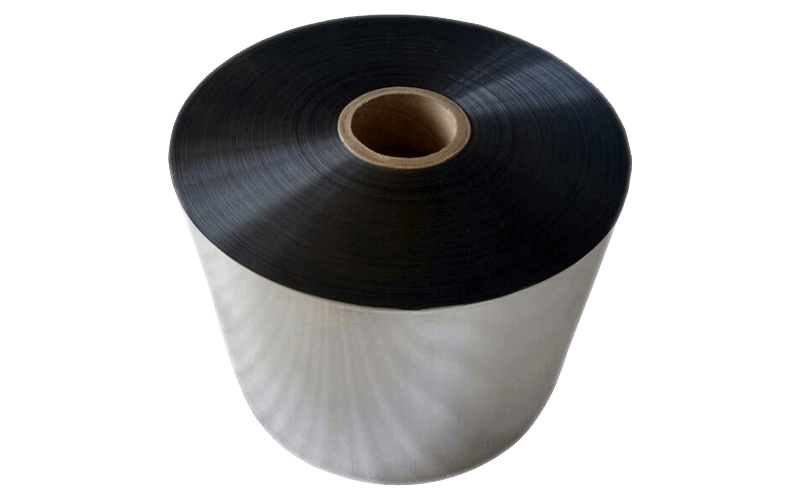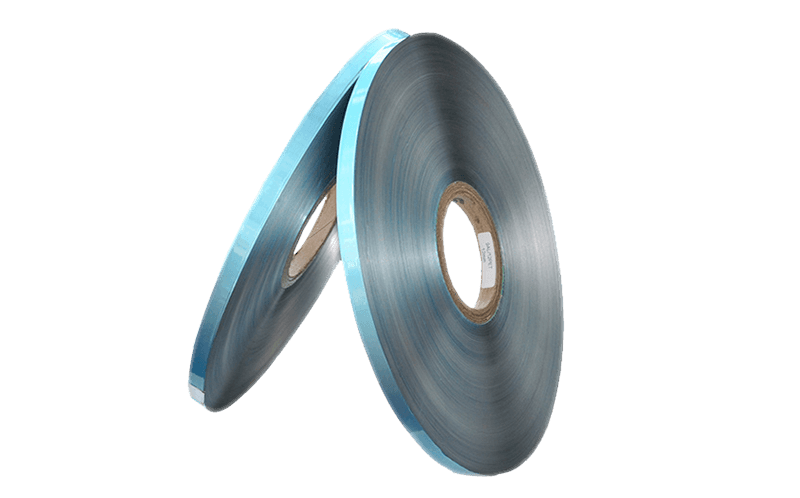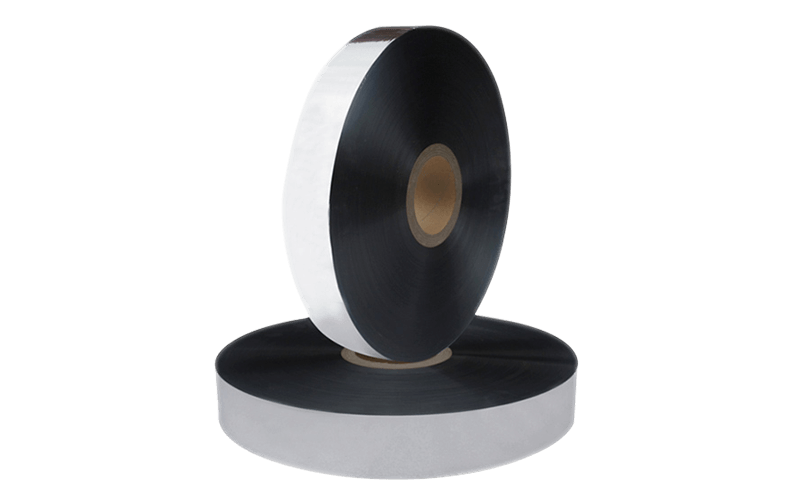These two kinds of cable shielding material have their […]
These two kinds of cable shielding material have their own advantages, let us understand now.
Aluminum foil is mainly used to shield high-frequency electromagnetic waves to prevent high-frequency electromagnetic waves from contacting the conductor of the network cable to induce current and increase crosstalk. When high-frequency electromagnetic waves touch the aluminum foil, according to Faraday's law of electromagnetic induction, the electromagnetic waves tend to adhere to the surface of the aluminum foil and induce current. At this time, a conductor is needed to lead the induced current into the ground to avoid the induced current from causing interference to the transmission signal. Network cables that use aluminum foil as a shielding layer generally require that the repetition rate of aluminum foil cannot be less than 20%. This type of network cable is mainly used in hospitals, factories and other places with strong electromagnetic wave radiation or with a large number of strong electric equipment; in addition, it is also used in areas with high network security requirements such as the government.
Woven nets are generally woven from tinned round copper wires. Mainly to prevent low-frequency electromagnetic wave interference. Its working principle is the same as that of aluminum foil. The shielded cable using braided mesh requires the density of the braided mesh to be greater than 60%. This type of weaving network is mainly used to lay a large number of network cables in the same place, which can reduce the external crosstalk generated between the network cables. In addition, it can also be used for shielding between pairs to increase the twisting length of the pair and reduce the twisting distance requirements for the cable. During construction, it is necessary to tie the woven net and drainage line into a bundle for drainage.
Generally, the drain wire is used for shielded network cables, and the material of the drain wire is generally tinned round copper wire. Mainly play the role of grounding and tensile resistance. During construction, the drain wire must be connected to the shielded crystal plug, shielded module or shielded patch panel, and the drain wire must not be cut off. Otherwise, the shielding layer will not only fail to shield interference, it will even become a source of interference.



